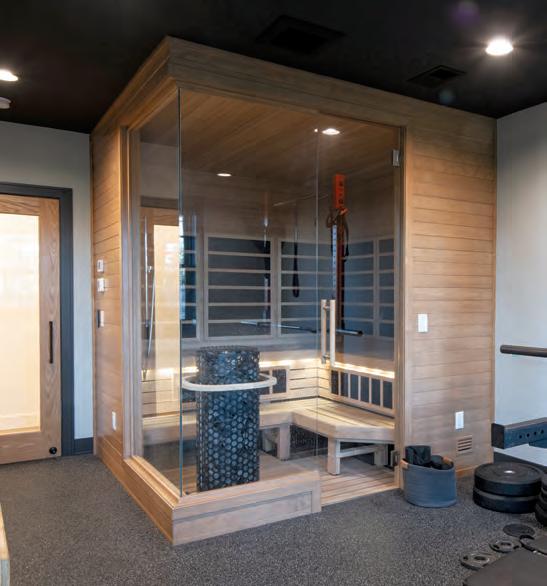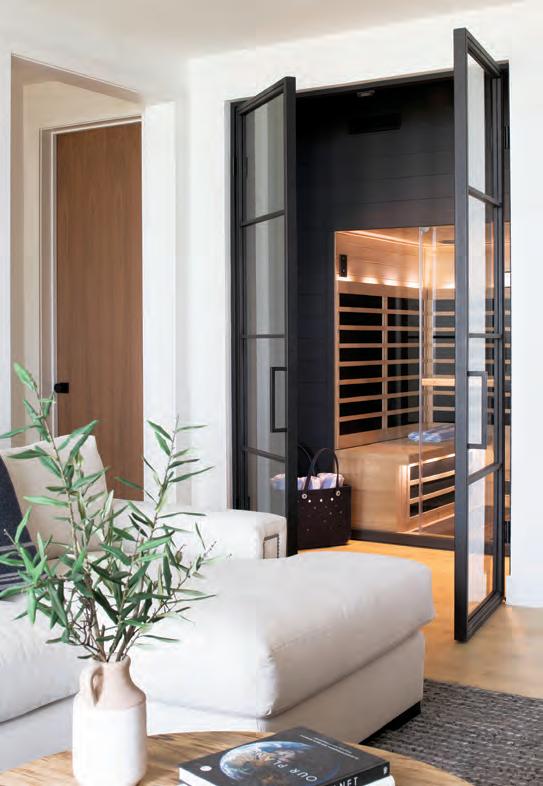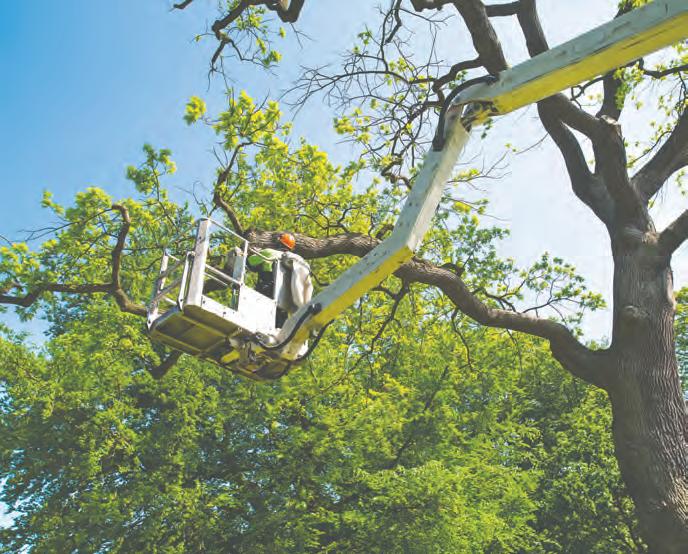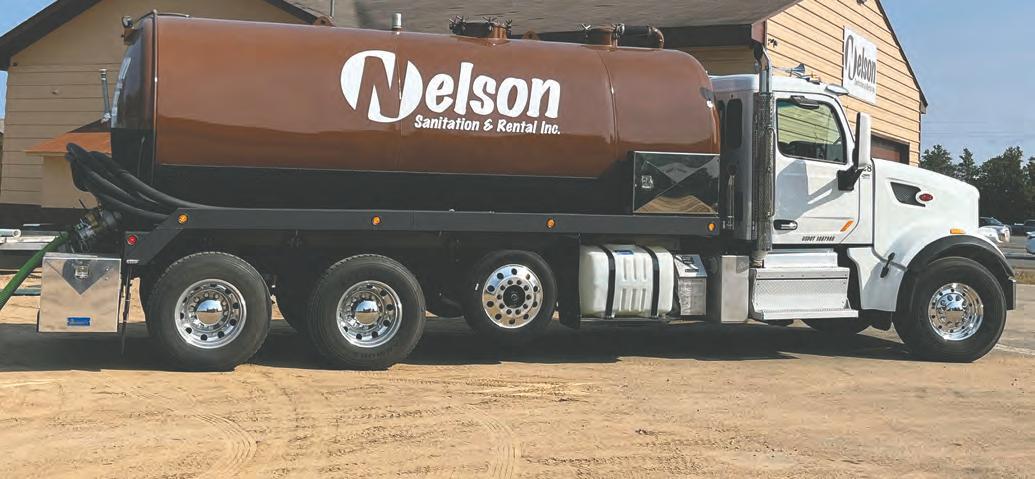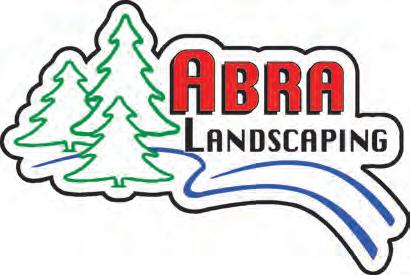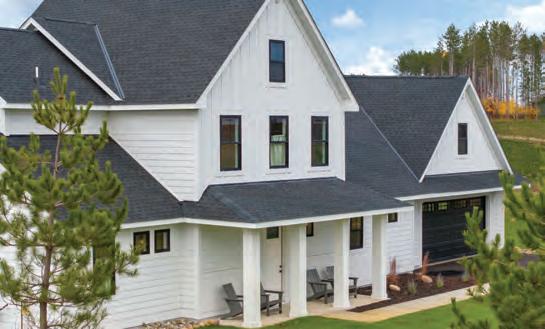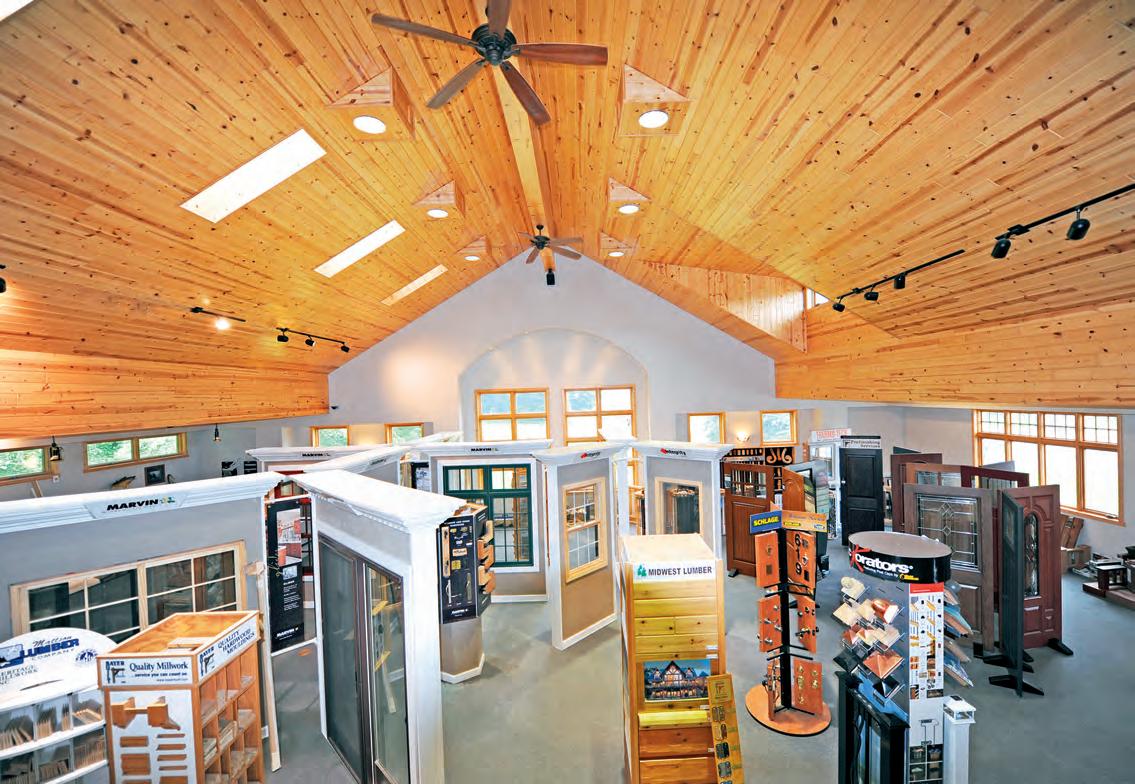
14 minute read
BIG Water, small Water
BY LINDA HURST
Is this the year you finally shop for a lakefront property? There’s a lot to analyze. A misconception about big lakes is they are overpriced and overcrowded with oversized boats. Smaller lakes get a bad rap as “boring” with nothing to do. Should you consider a Natural Environment lake? And what about a river? Not as simple as you first thought? We’ll help you sort it out.

I grew up on a lake that, by industry standards, was “big water.” It was a popular chain of lakes that had several access points, a few destination restaurants and a fair amount of boat traffic from May thru September. Our home faced west which was great for sunsets across an expanse of water. Every July, boats would gather in our bay to watch the resort fire off professional fireworks for Independence Day. In the winter, there were a few snowmobile trails that crisscrossed the lake. No matter what time of year, there was always something going on.
Our friends lived on “small water.” From their deck we could see almost the entire lake, except for the dog-leg bay on the north side. A busy evening was a couple of pontoons slowly drifting past or a bass boat, trolling motor softly humming, looking for panfish in the shallows. As kids, we liked to canoe along the shoreline looking for turtles. Instead of a grand fireworks display, someone was lighting off bottle rockets from the beach. Instead of snowmobile trails in the winter, neighbors would shovel off skating rinks for the kids. By contrast, it was peaceful, like a Normal Rockwell painting.
Two very different lakes, two very different experiences. There is a lot that goes into your decision about how you define “perfect” lakefront property. So, I asked a few Realtors about their experiences and advice. All lead with the same statement: Identify how you plan to use the lake.
“Do you want a recreational beach? Or are you looking for big water space for water skiing, wakeboarding and tubing? Or do you love fishing?” Jacob Hanson, five-year Realtor with Edina Realty asks his clients. He points out the variety of fish in the lakes will vary considerably, and some are only found in a few select lakes.
Linda Steffen, broker/owner of Century 21 Brainerd Realty, likes to set expectations to align with budgets. “The big multi-million dollar houses tend to be on bigger lakes. Smaller lakes tend to have houses that are more modest and tend to have lower taxes. A home on a smaller lake is more beneficial in that regard.”
Chris Cullen, owner of the Chris Cullen Real Estate Group at Coldwell Banker, takes time to really understand how his clients intend to use their lake home or cabin. He says it’s interesting how people initially plan to use a property versus how they actually use it. He reminds buyers the markets will move quickly. “Buyers need to weigh out the ‘must haves’ from ‘wants’ and be prepared to make compromises.” He noted if finding the perfect lake home just isn’t working out, he’ll advise clients to find a lot and build.

There is no denying larger lakes are hopping in the summer. As Hanson notes, “With restaurants and resorts, islands and public beaches, there are a lot of things to do. Typically, if the fish aren’t biting in one spot, you can easily move to another.”
Cullen agreed. “If you’re looking to jump in a pontoon, watch Elvis or hang out on sand bars, you’ll want to be on a bigger lake.”
I asked Steffen if smaller lakes were perceived as boring. She said, “I strongly disagree with that. The sense of community on the smaller lakes is so strong. You know all your neighbors. There is a whole different feeling of solitude, where you can just check out.” She states some of her clients specifically request lakes with no public access, looking instead for a quieter lake experience.
Riverfront properties are often overlooked, but should they be? Hanson said, “Some people enjoy the rivers because they’re ever changing. They enjoy the natural curves and the sound of a river. There are some phenomenal fisheries, too”
Steffen also noted the river is a great option for waterfront. “The perception is that the river is shallow and muddy, and that's not always the case.
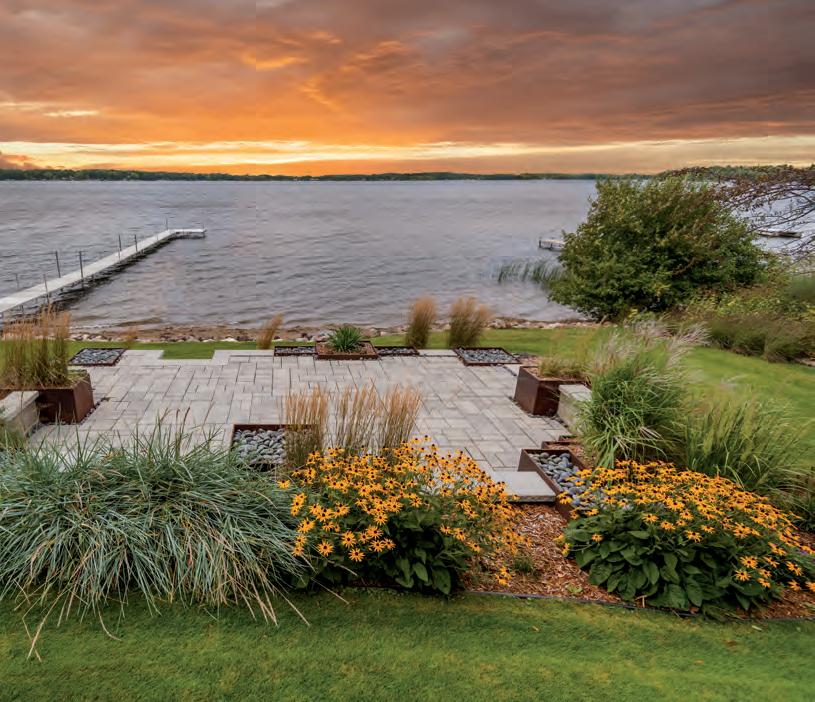
Do you want a recreational beach? Or are you looking for big water space for water skiing, wakeboarding and tubing? Or do you love fishing?
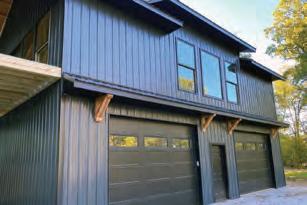
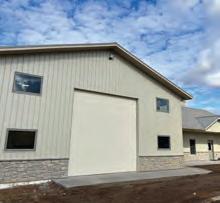
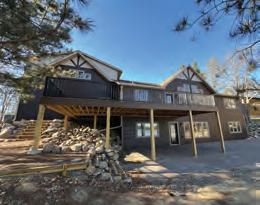
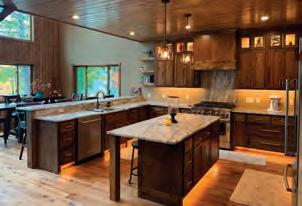
The Gull River widens out and feels more like a lake.” Adding that riverfront properties can have great swimming and, in some areas, you don’t even realize there is a current.
What about a “Natural Environment” lake? These can be great options for people looking for more seclusion. Land tracts are typically larger because of the standards set by the county. As Cullen said, “Natural Environment lakes can be quieter. They’re not necessarily smaller lakes, and generally the shoreline will have more cattails and bulrushes. And there will be restrictions on building setbacks and even boat motor size.”
All three Realtors agreed that no matter what type of waterfront property you purchase, you’ll want to reach out to the DNR or local government for current rules and regulations for what you can or can’t do at the waterfront. As Cullen suggests, it’s best to contact the county or city for questions regarding clearing or landscaping at the shoreline. “We’ll advise buyers to contact the city or county directly, that way they know they are getting the most accurate information.”
Steffen notes, “Counties are advocating for growing more natural grasses and creating rain gardens for rainwater runoff. Permitting for lakeshore properties is much more intense, and for good reason. The goal is to protect the lakes from damage from fertilizer and erosion.”
Hanson echoes that. “There are limitations on how much vegetation you can
Chris Cullen Owner Chris Cullen Real Estate Group at Coldwell Banker

remove. They’re doing it to protect lakes and small animals who live in the wetland ecosystem of cattails. It’s incredible the number of species that depend on that environment to live and hunt.”
Overall, the best advice is for those looking at buying on the water, look at a lot of lakes. Research through the DNR, bait shops and guide services. All are familiar with the water and you can learn a lot by talking to the locals. Work with a local Realtor who can help guide you through the process, so that no matter what type of waterfront home you buy, it will be just perfect for you.
Linda Steffen Broker/owner of Century 21 Brainerd Realty

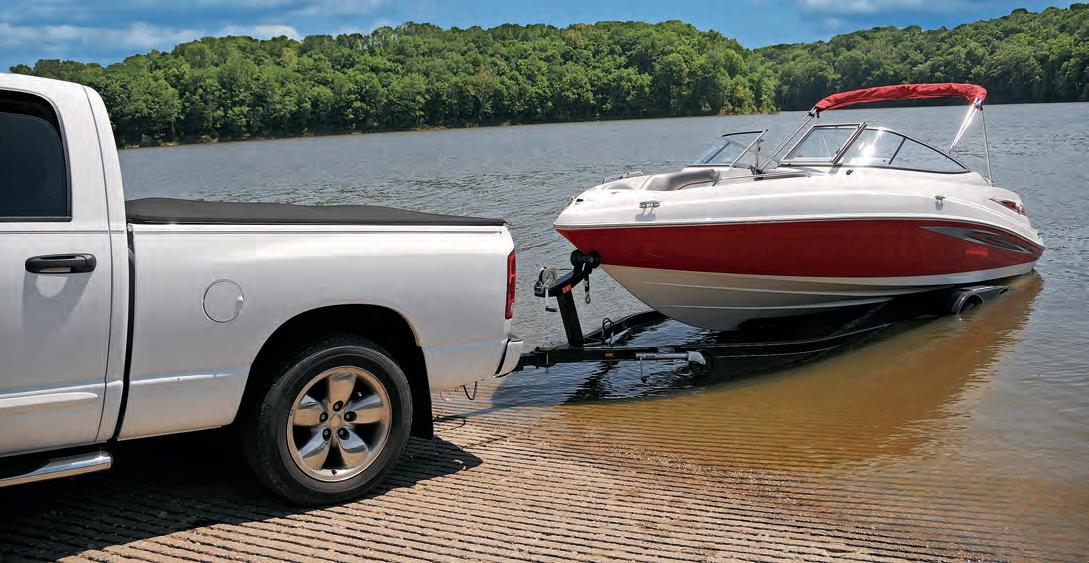

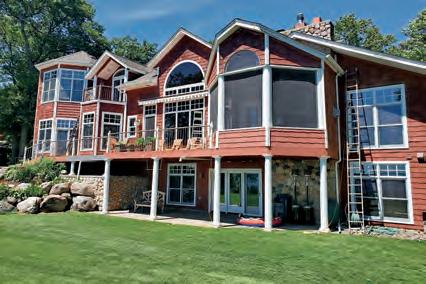
We are professional full time painters in the Brainerd Lakes Area with over 30 Years of Service. WE
• Exterior and Interior Painting
• Wood Replacement Specialist
• Decks
• Power Washing
• Staining
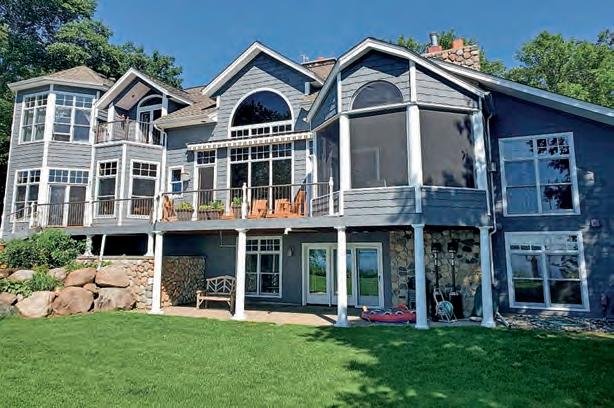
Serving all of the Brainerd Lakes Area! Exterior transformation on Upper Whitefish Lake
• Priming
• Caulking
• Sanding
• Log Home Specialist
• Sikkens Products
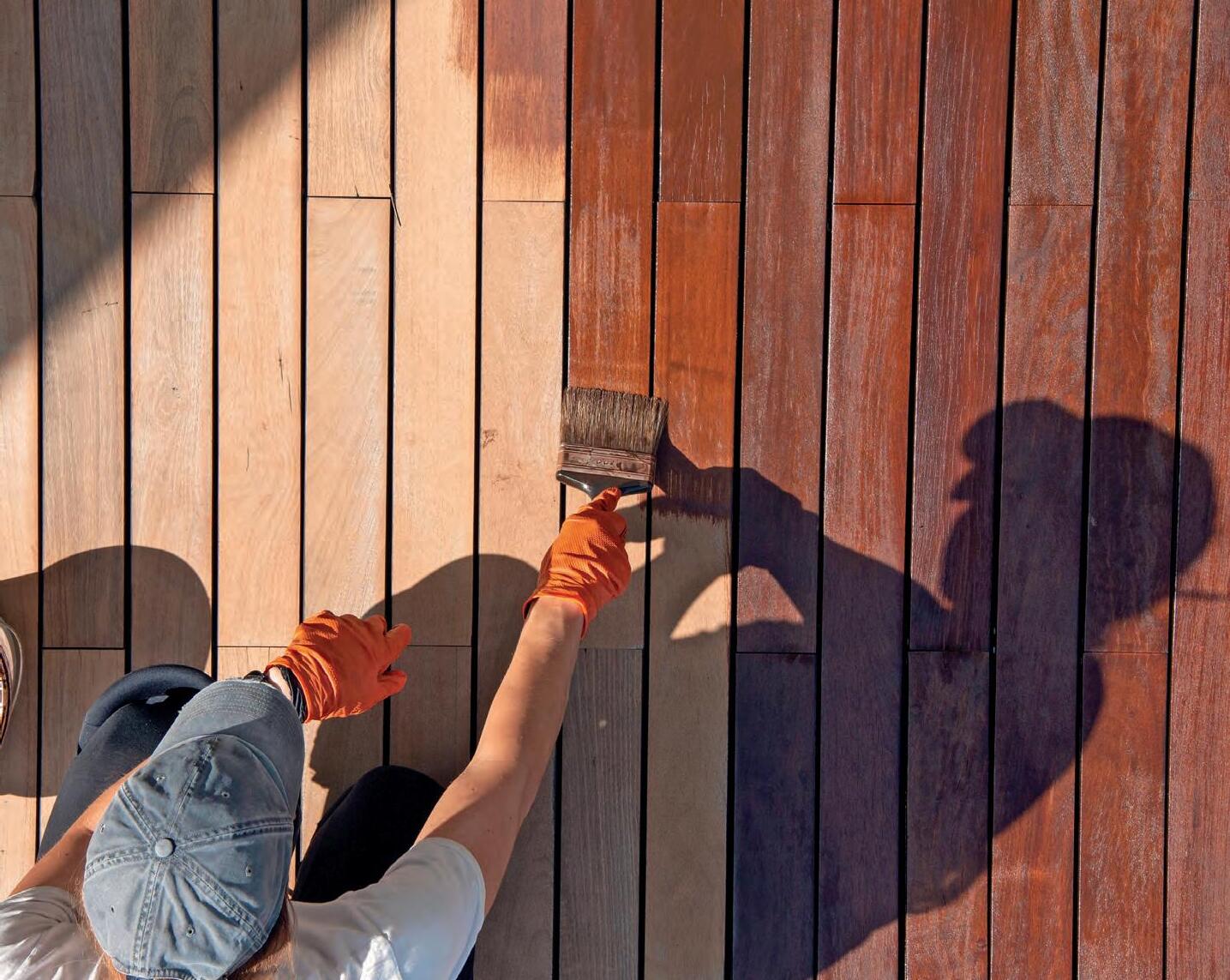
• Free Estimates • Townhomes/ Associations
• References Available
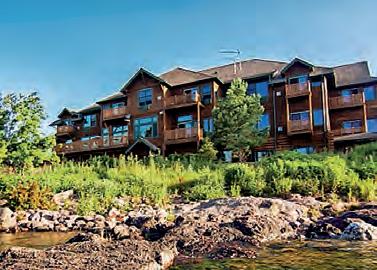



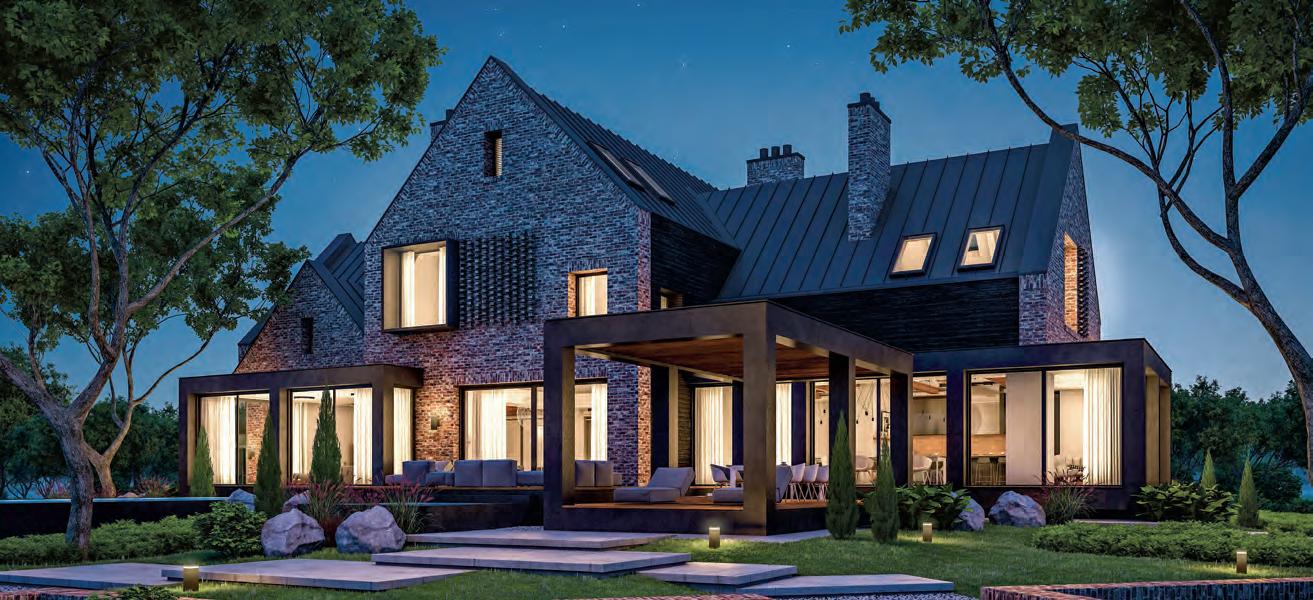
Smart Home Automation
• Makes all the systems in your home work together with one app.
• Make things happen with a tap of a button, a voice command, or on a schedule.
Home Network
• Fast and reliable Enterprise level network in your home without having low wireless signal anywhere.
Custom Audio And Visual
• Background music, Theater rooms, TVs.
• We can take care of all of your entertainment needs.
Window Treatments
• Motorized or manual window treatments.
• With motorized treatments you can raise or lower any or all of your shades with the push of a button or on a schedule.
Lighting Control
• A lighting control system creates the ability for all of a home’s lighting to be controlled together. For instance, one button press can turn on six dimmers, each to the ideal brightness for the task at hand, whether it is relaxing with a book, watching a movie, or cleaning.
Security System
• Make sure your home is safe, even if you are not there.
Surveillance
• Cameras that are stationary or adjustable so you are able to see and record everything going on.
Hvac Controls
• Control heating and A/C from your phone, or computer to make sure your home is the perfect temperature when you arrive. Set schedules to turn the temperature down an hour before going to bed and up to 30 minutes before your alarm goes off in the morning.
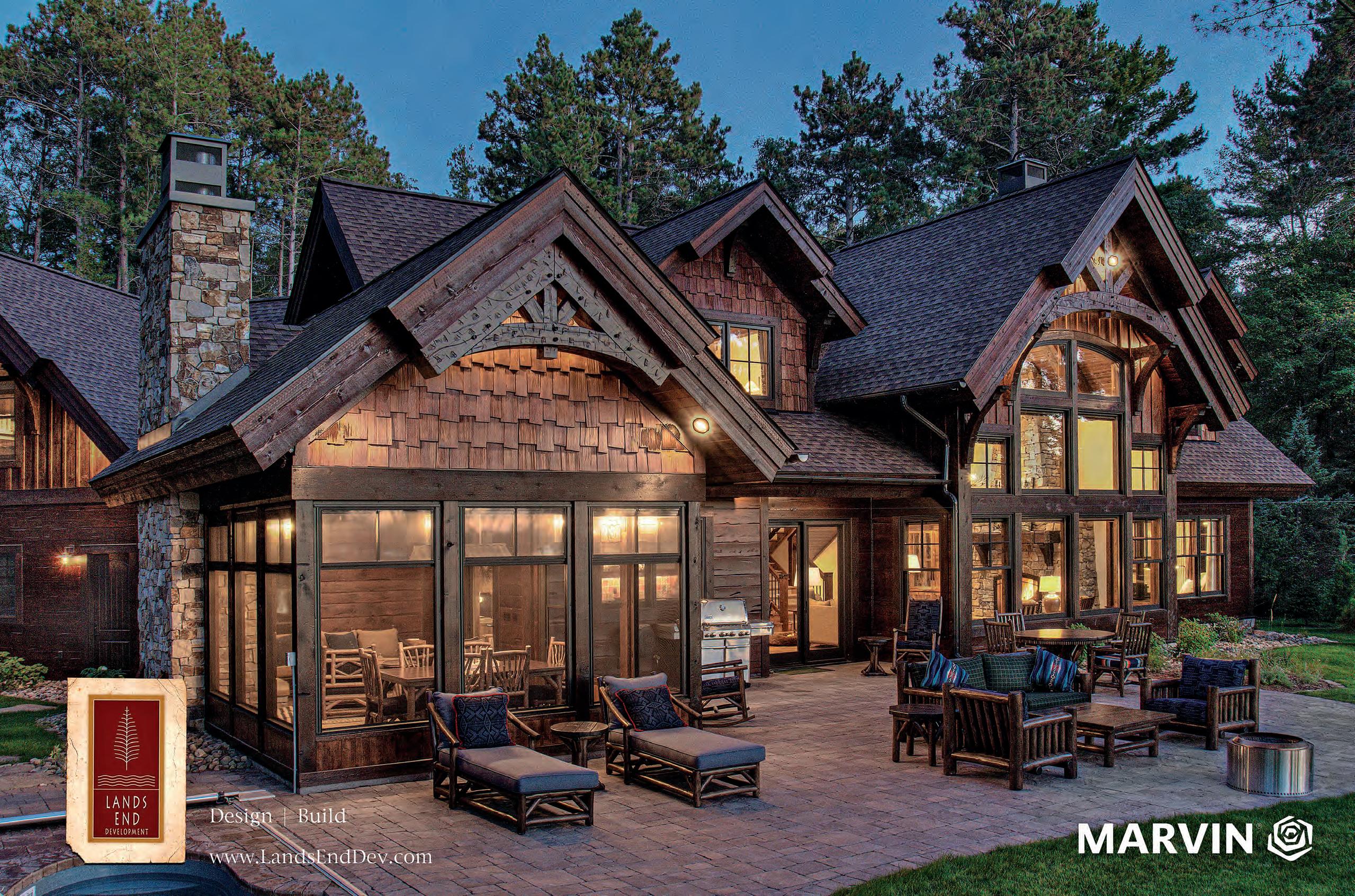

BY SHEILA HELMBERGER
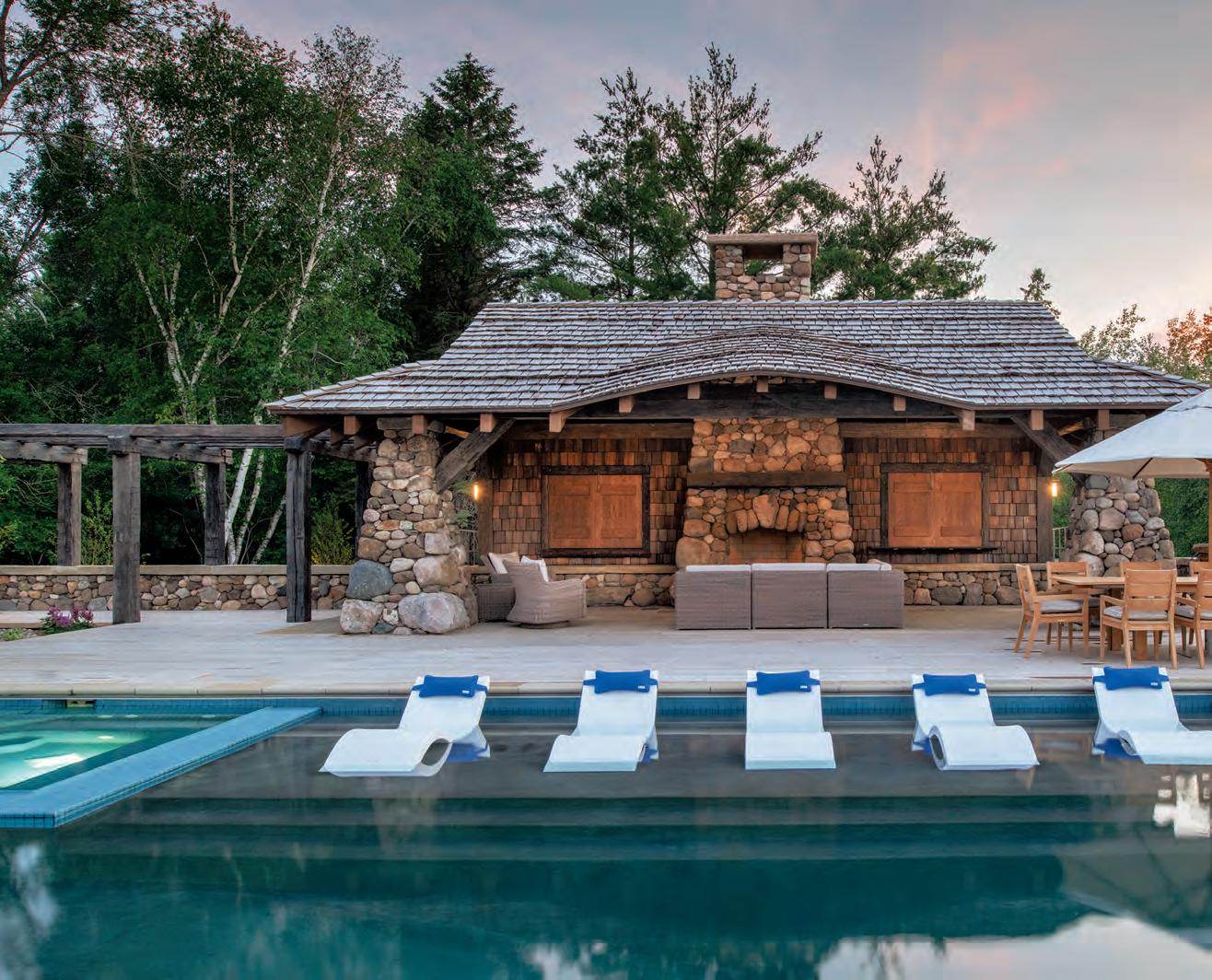
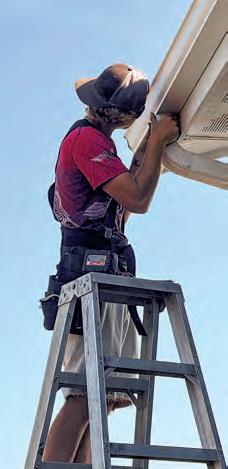

We spend a lot of time in our backyards. It is where we enjoy activities and bonfires and wind down after a long week. It offers a bit of a haven for the things we like to do. While most people incorporate ways to cook, seating to enjoy the weather and entertaining activities, today’s outdoor living includes some new features.

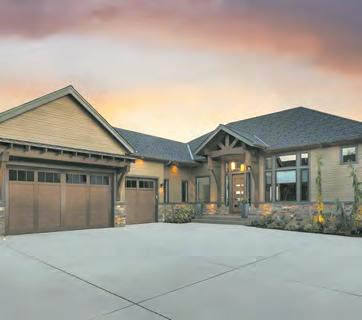


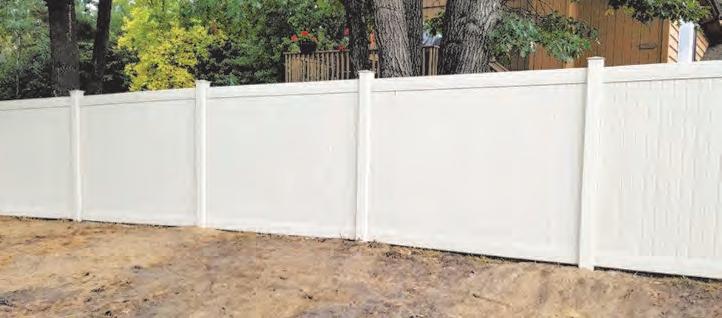

It’s a known fact that fencing increases security. It’s also known that fencing increases value. For us at Oberg Fence, we look at fencing as functionality-driven and aesthetically pleasing.
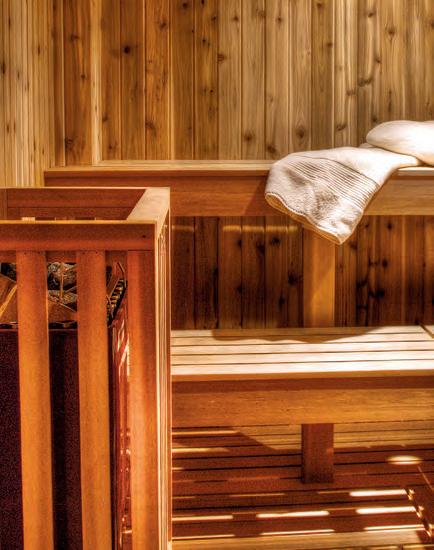
Two of today’s newest trends revisit the age-old debate of which is better — hot or cold. And when both offer much needed relaxation, rejuvenation and even some other surprising health benefits, everyone's a winner.
The sweltering heat of a sauna can leave you feeling refreshed and relaxed and, once the initial shock of it has passed, a short-lived dip in a cold plunge pool can help you recover from sore, achy muscles and inflammation.
Before you regularly practice either activity, the exposure to temperatures, whether higher or lower than normal, warrants a mention to your physician, especially if you have cardiovascular problems or high blood pressure.
Working up a sweat
Western saunas originated in Finland but can be found around the world today. Once a highlight of hotel stays, people enjoyed the experience of the hot sauna conveniently located near the hotel pool. A stint in the heat was always enjoyed best when it was followed up by a jump in the cool pool after.
In the past few decades, the sauna has been embraced as a social and recreational activity and appreciated for the reset it offers the mind and body. As at the hotel, the experience is heightened by a jump in a cool lake, or when the air outside is cool or there is snow on the ground.

Today’s sauna designs can be heated in a variety of ways. Various kits and packages to build your own sauna can be purchased from home improvement stores or authorized dealers. Some homeowners install them inside of their home, but often they accentuate the outdoors and today’s smart designs can prove an aesthetically welcomed addition to the home’s backyard layout.
There are four different types of saunas. The traditional Finnish sauna is lined in wood. Water, when poured over hot rocks with a ladle, controls the humidity of the room. The dry sauna also uses heated rocks but has lower humidity and does not use water. A steam bath has 100 percent humidity, but a lower air temperature. It is usually built with tiles, glass or acrylic. The final and newest design, the infrared sauna, uses light from infrared panels instead of the conventional heating methods. The experience will be different with each type. Before building or purchasing your own, you will have to decide which experience you enjoy more and if you prefer to heat it using wood, electricity or gas.
Besides offering an overall enjoyable experience, using a sauna regularly can result in a handful of health benefits too, such as weight loss, detoxification of chemicals from the body like lead and mercury, and improved circulation. Saunas can also help to relieve congestion, relax the muscles and relieve tension.


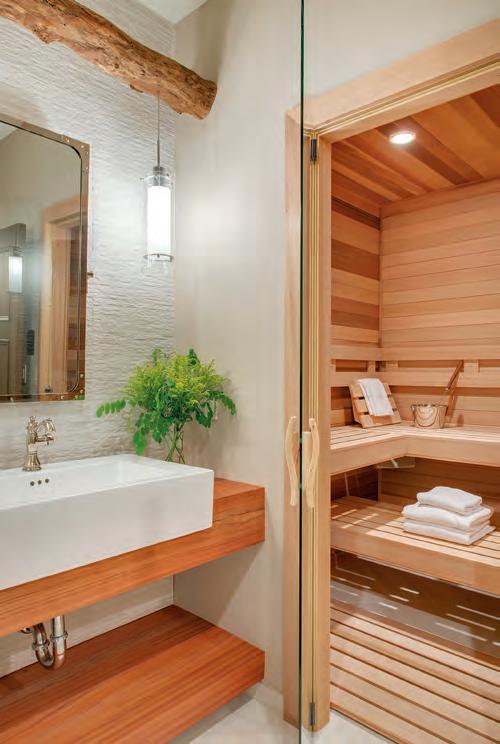
Taking the plunge
Athletes have known about the benefits of cold-water therapy for a long time. It has proven beneficial in eliminating inflammation and soreness after extreme exercise or training.
Using the cold plunge method of recovery involves a quick stint in ice cold water. Typically, only 5 to 15 minutes of being submerged in the tub will offer any benefits, such as boosting the immune system and increasing metabolism. An extended stay raises the risk of hypothermia.
While it may be hard to warm up to the idea of a cold-water bath and the temperature may seem harsh the first couple of times it gets easier after the first couple of times. The cold plunge can aid in circulation, offer a heightened sense of energy and accelerate muscle recovery and relieve stress.
While it is possible to do a cold plunge at home utilizing your own bathtub and filling it with cold water or ice cubes, there are various models available for purchase to be used strictly for the cold-water therapy. Some include self-cleaning options, filters and pumps. They come in a variety of shapes, sizes and styles. Some tubs are all-in-one while others feature individual layers for ice and water. They are typically easy to set up, easy to store and require minimal maintenance.
While either a cold plunge pool or sauna can aid some of the body’s functions and help with recovery, using alcohol before doing either activity can be dangerous.
Whether you prefer the heat from a sauna or the cold from a plunge in icy water, you can enjoy either in your own home’s outdoor living experience.
